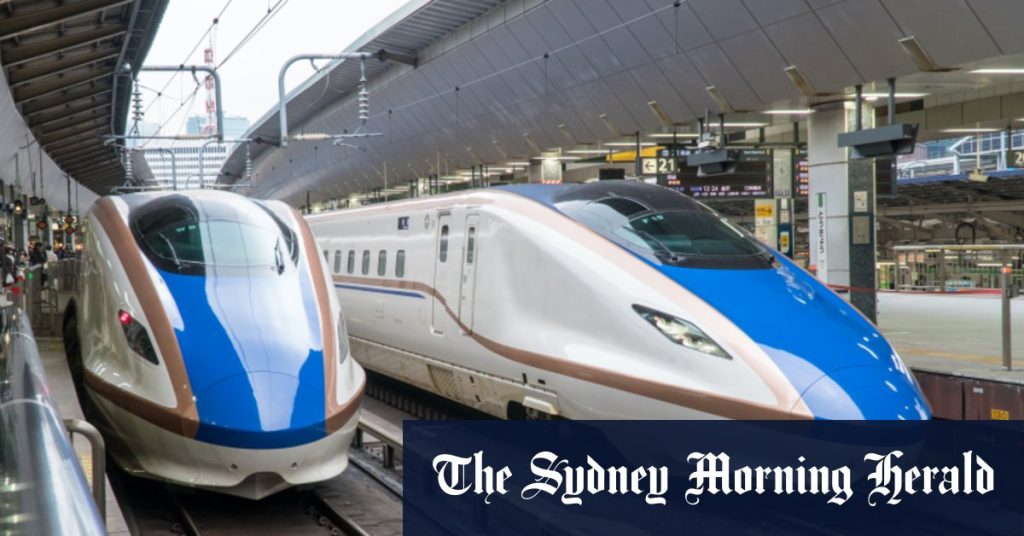The development of high-speed rail in Australia has the potential to significantly impact the way people travel throughout the country. With plans for a high-speed rail linking major cities such as Sydney, Melbourne, Canberra, and Brisbane, the benefits of this infrastructure are vast. Building an initial stage of the high-speed rail system would demonstrate its value and pave the way for future sections to be approved. In Victoria, the line is proposed to start at Southern Cross Station, with stops at Melbourne Airport, Shepparton, Albury, and potentially Geelong. The Victorian leg of the high-speed rail would operate in smaller segments before expanding from Albury to Canberra, where it would connect with the Sydney track.
The potential economic benefits of high-speed rail in Australia are significant, with improved connectivity between major cities and regional areas. Fast trains can help alleviate congestion on major freeways, reduce road pollution, and provide easier access to airports and regional areas for residents and tourists. Countries like Spain have demonstrated the success of high-speed rail in opening up regional areas for new housing development and relieving pressure on major cities. In Australia, the Sydney-Melbourne route is one of the busiest air routes in the world, with millions of passengers each year. High-speed rail could attract a significant portion of these passengers, offering a competitive travel time between the two capitals.
The cost of implementing high-speed rail in Australia is a significant consideration, with estimates for a Brisbane-to-Melbourne line reaching billions of dollars. However, these costs must be weighed against the expense of widening major freeways, increasing road congestion, and contributing to environmental pollution. Investing in high-speed rail could provide long-term benefits for the economy, infrastructure, and environment. The potential for people to live in regional areas and commute to larger cities via high-speed rail offers new opportunities for housing development and urban planning.
The proposed high-speed rail line in Australia faces various challenges and considerations, including disagreements between airport management, state governments, and private consortiums. The delay in the Melbourne Airport rail connection project has pushed its opening date back several years, while the planning and construction of the Suburban Rail Loop also impact future high-speed rail possibilities. Collaboration between state and federal governments, as well as private stakeholders, will be essential to overcoming these challenges and moving forward with the high-speed rail project.
The future of high-speed rail in Australia holds promise for improving transportation infrastructure, connecting major cities and regional areas, and reducing travel times and congestion. With the potential to shift air travel passengers to trains, high-speed rail offers a competitive alternative for interstate travel. The economic, environmental, and social benefits of implementing high-speed rail in Australia are substantial, and continued planning and collaboration will be necessary to bring this vision to fruition. High-speed rail has the potential to transform the way Australians travel and commute, creating new opportunities for growth and development across the country.













